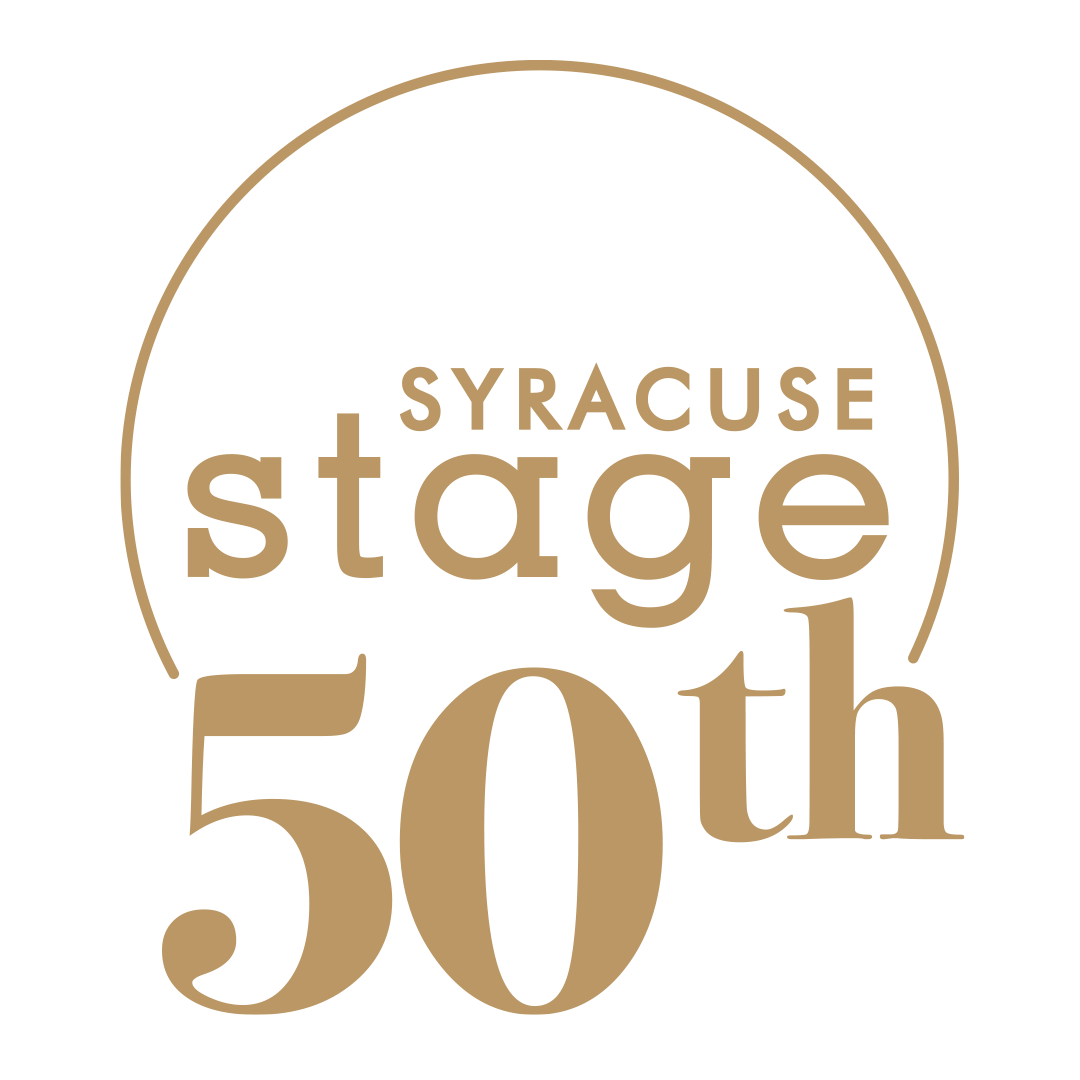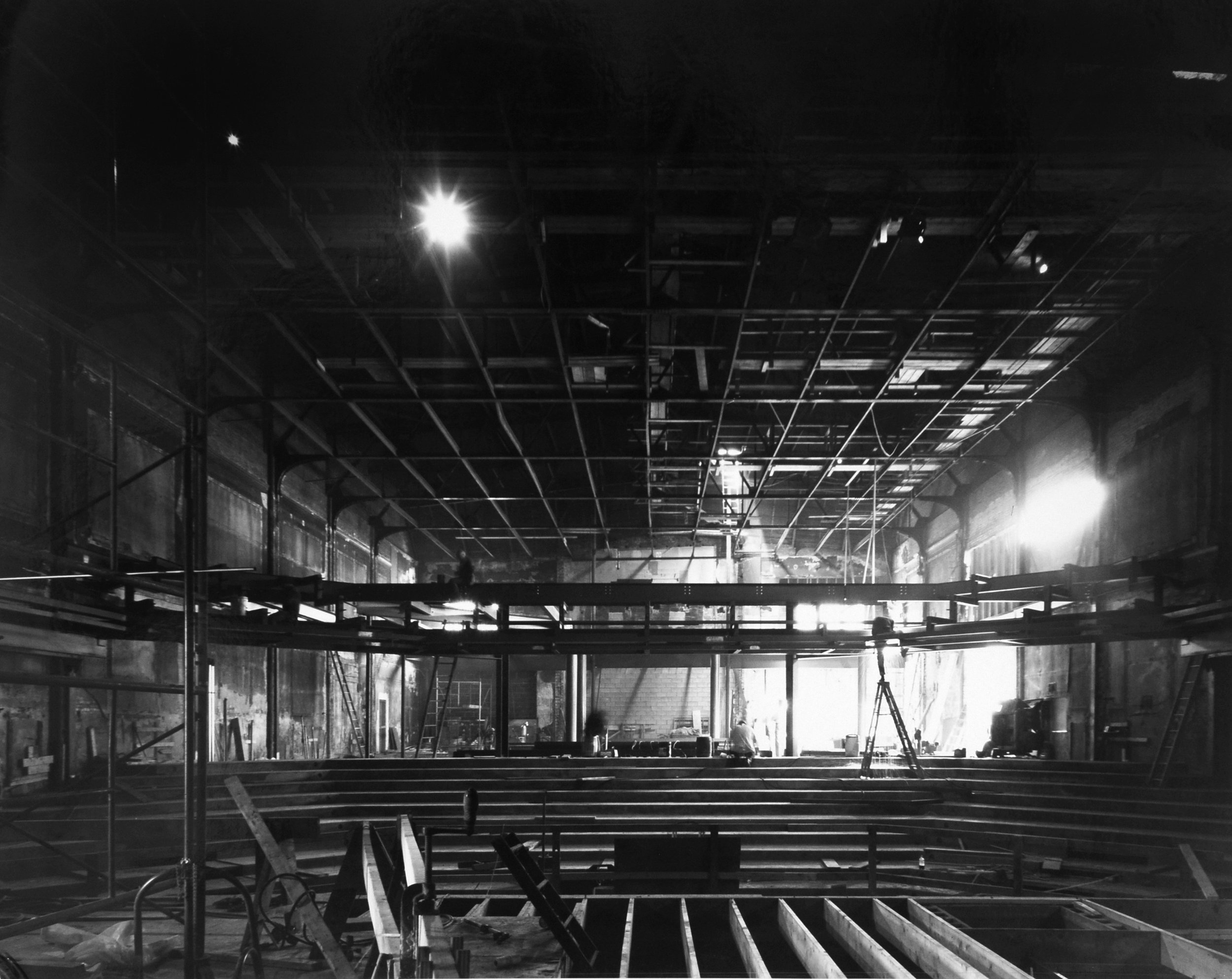
THE ARCHBOLD THEATRE
Members of the company in Shakespeare’s The Comedy of Errors. Season: 1980 – 1981. Director: Arthur Storch. Photo: Robert Lorenz.
During the 1976/1977 season, the Syracuse Stage board of trustees expanded to include, for the first time, members of the community. Previously, only University appointees served on the board. The expansion of the board proved fortuitous in undertaking construction of a new theatre as the added members redefined the board’s role and brought a wealth of talent and resources to be used on behalf of Stage.
With audiences steadily growing, Arthur Storch envisioned a new space that would increase seating capacity without sacrificing the performance intimacy of the Experimental Theatre. This would require a complete gut of the old Regent space and the construction of a new auditorium. Estimated cost for the project was $800,000. One of the new community board members, Daniel C. Sutton, agreed to chair a capital campaign to raise the necessary funds. The plan called for the Syracuse Stage board to raise half the money with half coming from the University. Eventually, a total of $1,230,000 was raised, with the largest single contribution, $450,000, coming from John Dana Archbold, for whom the theatre is named and whose family had long and deep ties to Syracuse University. Archbold’s grandfather, John Dustin Archbold, had donated generously for the construction of Archbold Stadium and Archbold Gymnasium.
Groundbreaking took place on March 3, 1980. As befit the theatrical nature of the endeavor, the traditional spade in the dirt was dismissed in favor of a small explosion to mark the beginning of construction. The principal participants in the ceremony were Storch, University vice chancellor for administrative operations Clifford L. Winters, and common councilor Armand Magnarelli, who stood in for Mayor Lee Alexander. Following the detonation, Magnarelli quipped: “I hope that’s the last ‘bomb’ you have in this theatre.”
Pictures of the renovation process to convert the old Regent movie house into the John D. Archbold Theatre, which opened in time for the 1980 – 1981 season.
The Archbold Theatre was designed by Roger Morgan, who had frequently served as a lighting designer for Stage and who had also designed a new theatre for Baltimore’s Center Stage. The project architect was Newton Wiley of the firm Schleicher-Soper. The construction company Hueber-Breuer completed the project with Nate Podkaminer serving as project manager. With 499 seats, the Archbold Theatre more than doubled the seating capacity of the Experimental Theatre, without losing the intimacy Storch desired. No longer would patrons be turned away, and the increased capacity expanded the potential for revenue without a corresponding increase in ticket prices.
Daniel C. Sutton passed away before the renovated theatre opened for the 1980/81 season. The atrium lobby that was built to connect the newly christened Archbold with the Experimental Theatre bears his name. Funding for its construction came from a $150,000 anonymous donation plus $100,000 from the Kresge Foundation. Storch paid tribute to Sutton in the program for that season’s production of Man and Superman, writing in part: “Dan’s life-energy which I felt in his presence was palpable. It was an energy that made me more aware of the excitement, the commitment, the passion of what it is to be fully alive in this world.”
Photos from Man and Superman, 1980.
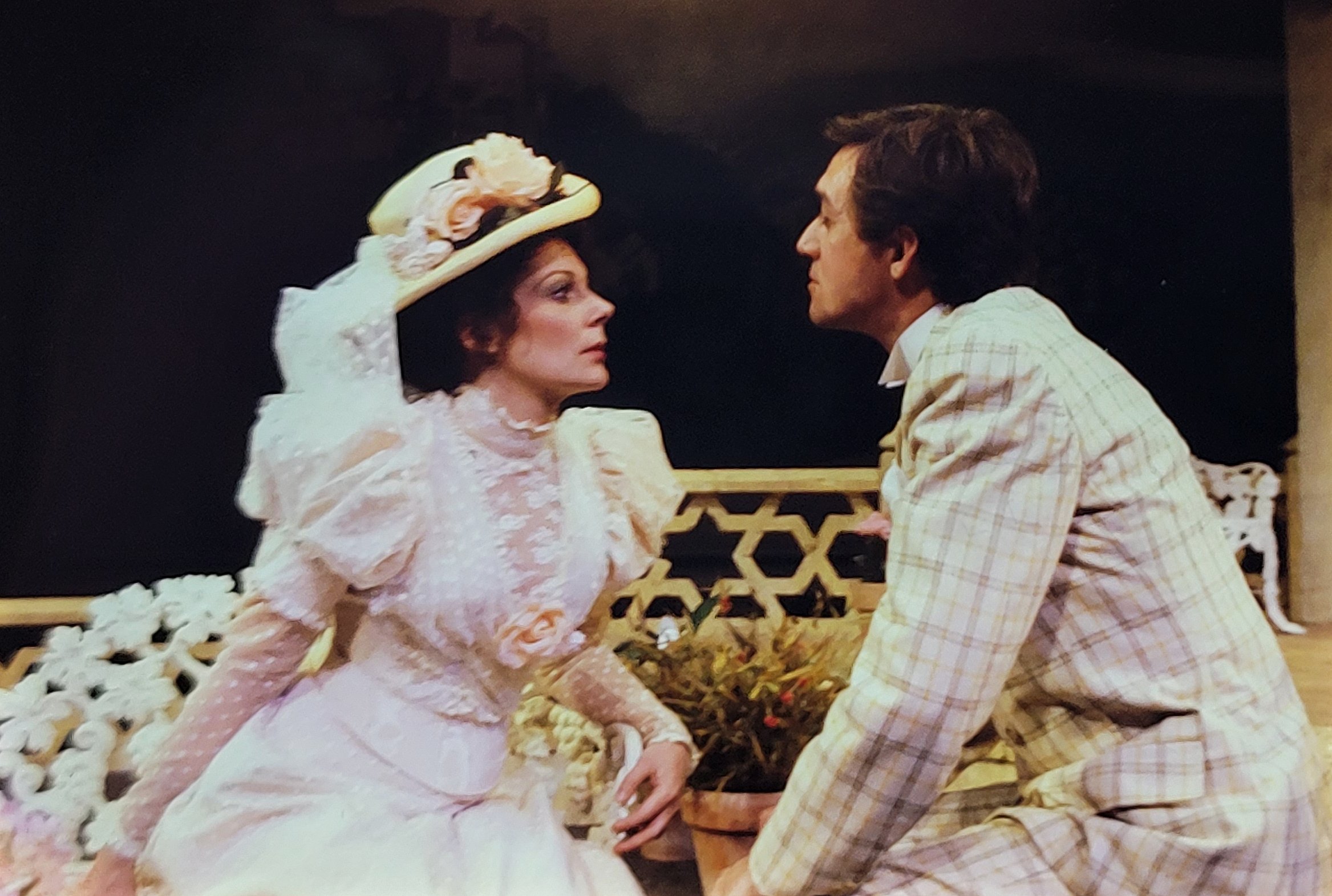
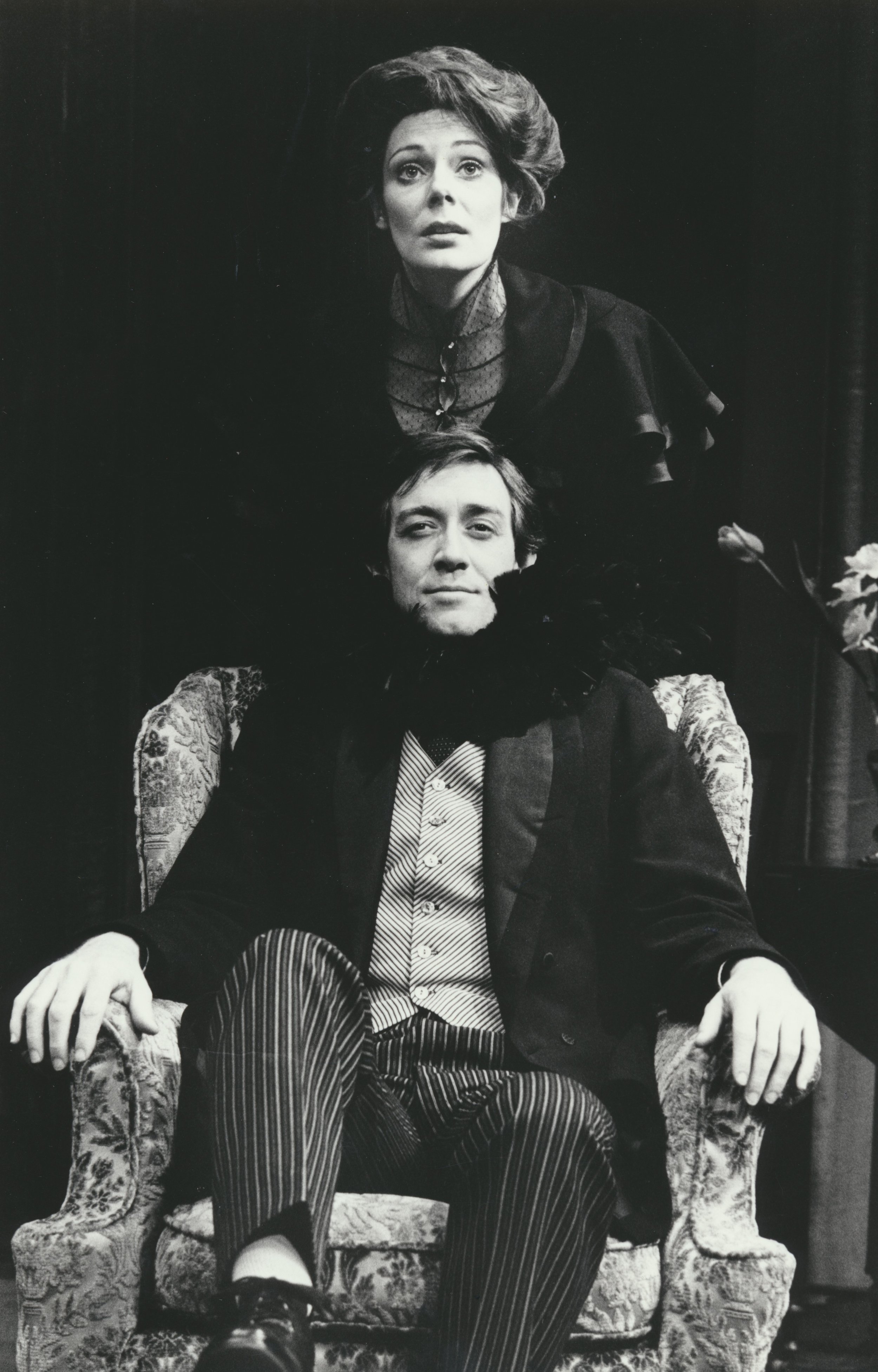
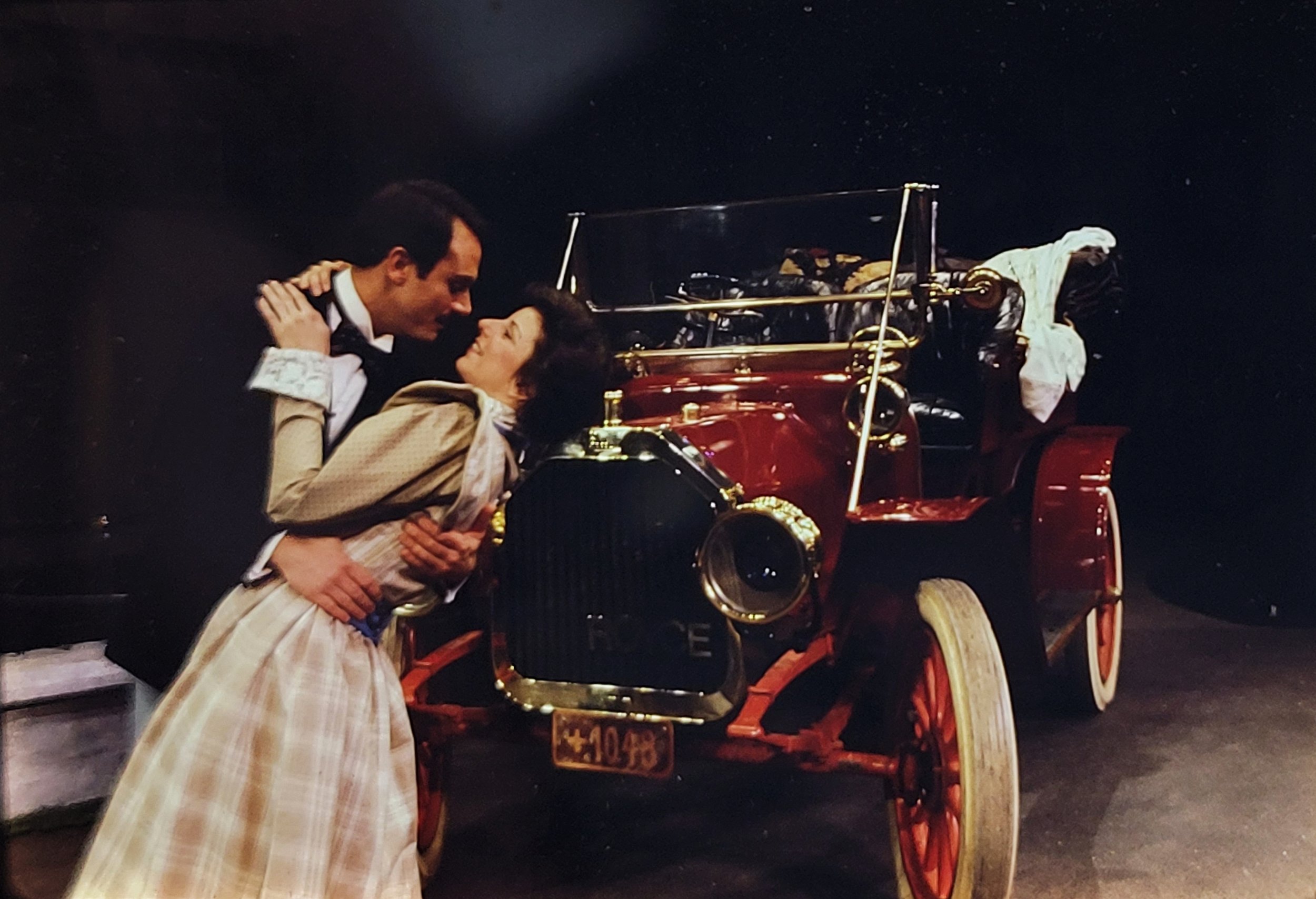

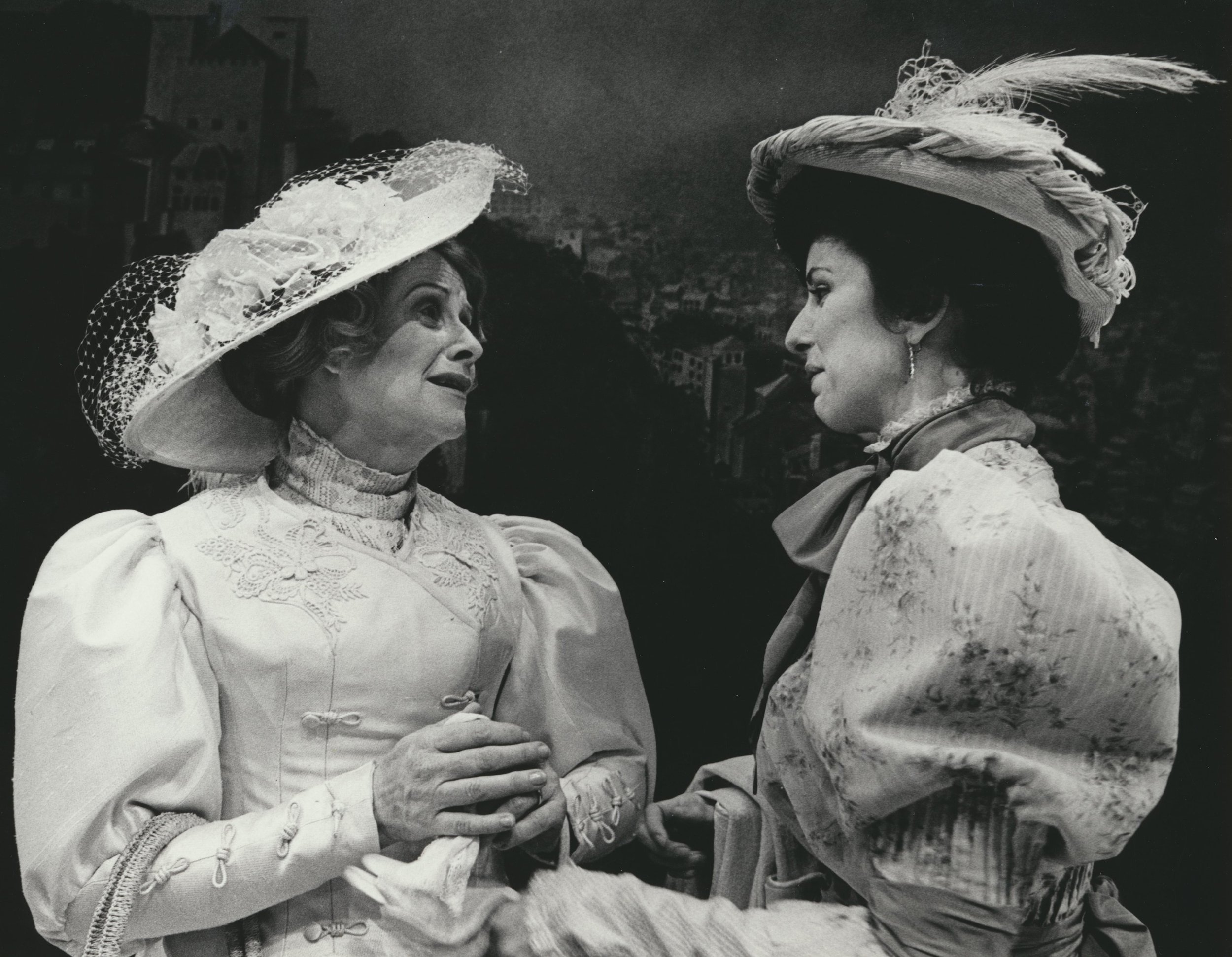
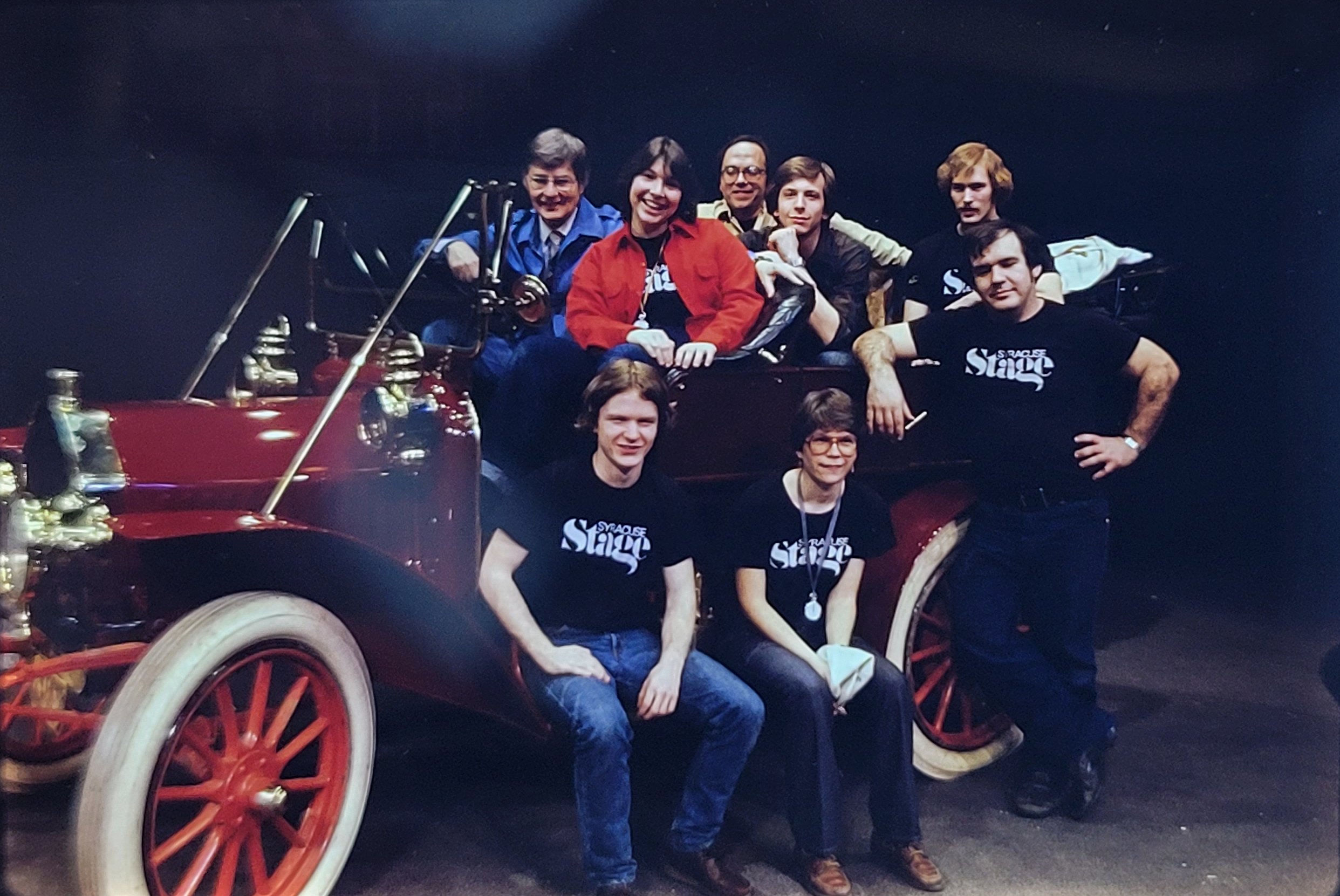
On November 13, 1980, the Archbold Theatre officially opened. With searchlights coursing the skies above the city, celebrities Anne Jackson, Eli Wallach, Dina Merrill, and Cliff Robertson joined Roger Morgan and John D. Archbold at a special celebratory gala, which was the culmination of Syracuse Stage Week as proclaimed by Onondaga County Executive John H. Mulroy and Syracuse Mayor Lee Alexander. Those gathered had high praise for the new theatre “tailor-made for Arthur Storch, combing the best features of proscenium and thrust stages.” When it was his turn to speak, Storch told the crowd, “You see before you a man whose dream has come true.”
